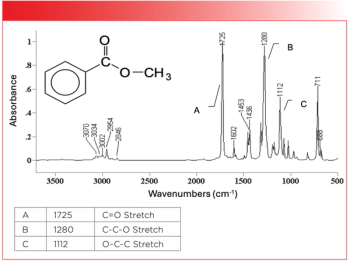
SEAC Royce W. Murray Young Investigator Award to be Presented to Justin Sambur
Justin Sambur, an assistant professor of chemistry at Colorado State University is the 2022 winner of the Society for Electroanalytical Chemistry (SEAC) Royce W. Murray Young Investigator Award.
Justin Sambur, an assistant professor of chemistry at Colorado State University is the 2022 winner of the Society for Electroanalytical Chemistry (SEAC) Royce W. Murray Young Investigator Award. He will receive the award during a virtual awards session at Pittcon 2022 on April 18 at 1:00 pm EDT. The award recognizes accomplishments by researchers in the field of electroanalytical chemistry who are within the first seven years of their career.
Sambur’s laboratory specializes in developing novel methods for studying electrochemical phenomena relevant to energy conversion technologies. His group showed that it is possible to study ion intercalations relevant to electrochromics and batteries at the single-particle level using localized Raman spectroscopy, photoluminescence, and photoelectrochemical current measurements to map the heterogeneous reactivity of individual two-dimensional sheets of metal chalcogenides. Sambur and his group study electrochemical energy production and storage using single entity electrochemistry.
Sambur will present a talk titled “Nanoscale Imaging of Electrochemical Energy Conversion and Storage Systems” during the awards session. He will highlight his group’s photocurrent microscopy study that revealed how layer stacking order in heterojunction photoelectrodes influences charge separation, transport, and recombination pathways.
To register for the awards session, go to:
Newsletter
Get essential updates on the latest spectroscopy technologies, regulatory standards, and best practices—subscribe today to Spectroscopy.





